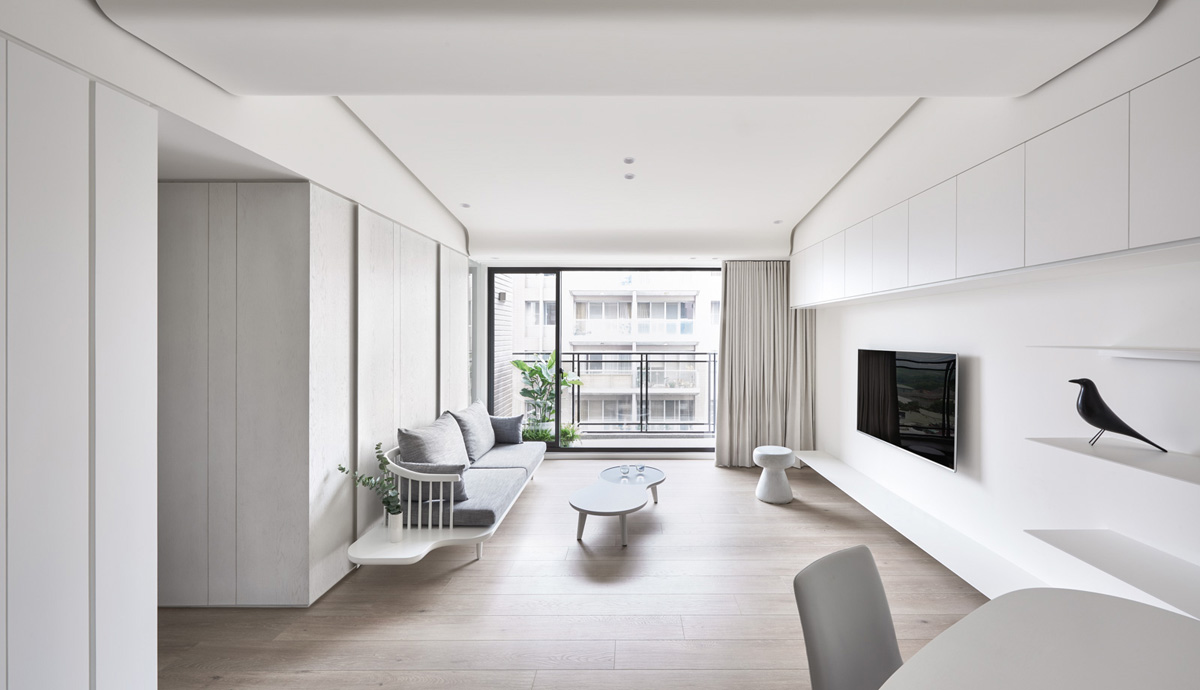
A post and beam house is built using a traditional construction method of the same name. It has been used to construct classic, durable, and eye-catching buildings in different architectural styles for years. If you’re considering post-beam homes, learning more about their features, advantages, and disadvantages can be greatly beneficial to determine whether it’s the right choice for you. Here’s what you need to know:
What Is Post and Beam Construction?
This traditional building method uses heavy timbers to create a sturdy framework for various structures. The most commonly used ones include Oak, Douglas Fir, California Redwood, Western Red Cedar, Alaskan Yellow Cedar, Pine, and Spruce. Post and beam construction’s key elements include:
- Vertical Posts – These wooden pillars hold up the structure.
- Horizontal Beams – Lateral timbers connect the vertical posts to create the main framework and carry weight-bearing loads.
- Connectors – Metal fasteners like screws, bolts, brackets, and steel plates are often used to secure and hold all the elements together.
The interconnection of all these components contributes to a post-beam home’s durability, safety, and aesthetic appeal. That said, in addition to choosing high-quality materials, hiring a reliable builder with the right expertise can help ensure a successful construction.
What Are the Pros and Cons of Post-Beam Homes?
While post and beam homes have several benefits over other construction methods, they also have their fair share of drawbacks. Read on to learn more.
Pros
- Aesthetic Appeal
The beauty of post and beam construction is one of the main reasons for its popularity. Its exposed beams not only lend to the structure’s framework but also serve as a beautiful design feature, adding a classic, rustic charm to your home’s interiors.
The unique color and finish of the wood timbers you choose also contribute to the final look. So, you won’t need much decorating or elaborate design choices to create a visually appealing space. In addition, using posts and beams makes way for large, open spaces, allowing flexibility in creating unique layouts and floor plans for various projects, including modern farmhouses or colonial homes.
- Energy Efficiency
As wood boasts natural insulating properties, post and beam construction can help you stay warm in the winter and cool in the summer. With an energy-efficient home, you can minimize the use of your heating and cooling systems, cutting down on utility costs while staying comfortable year-round. Proper insulation and strategic placement of large windows can also increase energy efficiency levels.
- Ease of Construction
Post and beam structures are relatively easy to construct, allowing a skilled builder to complete them without needing specific specializations. Because of this, you can expect faster timelines, which is ideal for individuals on a tight deadline or those who want to move into their new home as soon as possible.
- Cost Effectiveness
Due to their simple construction, post-beam homes can be a cost-effective housing option. In addition to faster building times and the lessened need for specialized labor, they use fewer materials, unlike other traditional methods.
This quick process and efficient use of materials can reduce building expenses. However, note that the overall construction costs will still depend on the size, complexity of design, and quality of materials used to build your home.
Cons
- Susceptible to Pest
Although the beauty of timber offers significant advantages in design and aesthetic appeal, its natural properties still make it susceptible to pests. So, treating the wood materials as necessary is crucial to prevent infestation and damage.
- Susceptible to Moisture
The metal components used as joineries in post and beam construction may accumulate condensation or moisture over time. This can affect adjacent wood, causing rot and decay, which could result in the structure’s deterioration.
- Increased Maintenance
Routine maintenance is crucial for post and beam structures to prevent issues that could compromise their appearance and durability, such as rust and rotting. Because of this, you may need to allocate more time, effort, and money for upkeep.
Whether looking for a post-beam home to move into or planning to construct one yourself, learning more about its construction, pros, and cons can help you make informed decisions. If you have further questions, you can always contact an expert or visit a custom home builder offering post and beam options.

